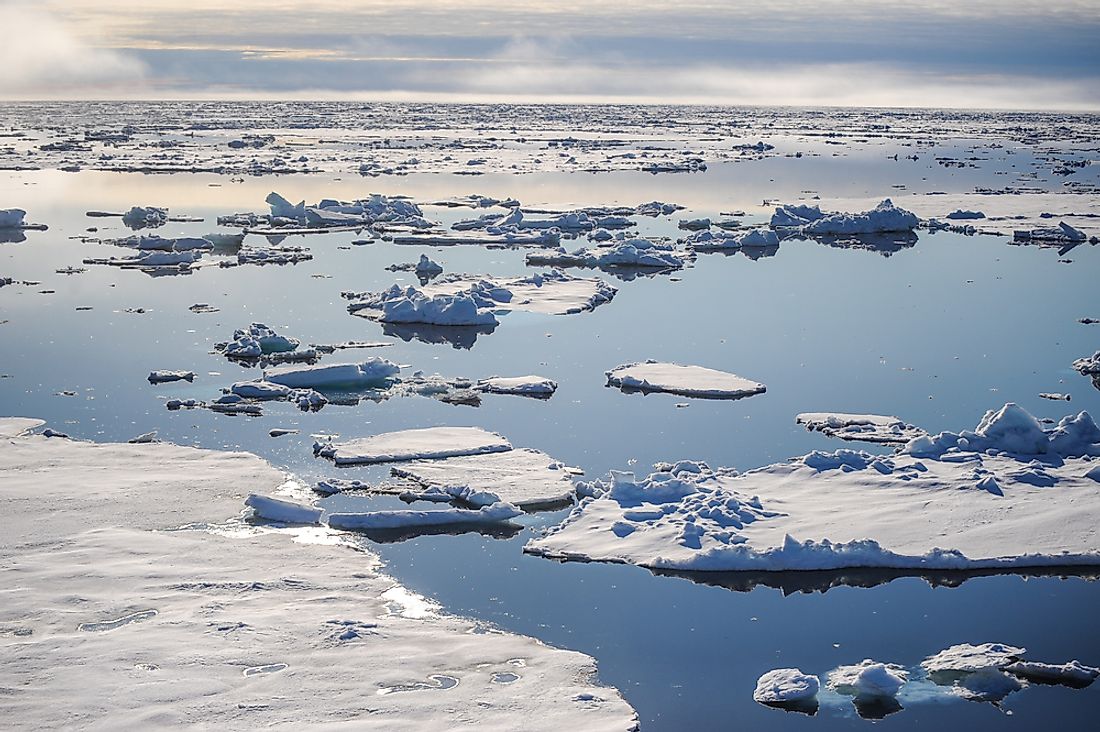Who Was The First To Go To The North Pole?

The first man to reach the North Pole was Robert Peary. He was born in May 1856 in Cresson-Pennsylvania. Peary went to Bowdoin College. Peary started eyeing the North Pole as early as 1886 before he finally landed there. As a result, he made several trips to Greenland as he planned on his world shaking achievement. Working alongside him was Matthew Henson. The two friends met when Henson was working at a merchant vessel. Peary was a US admiral at the time. When Peary and Henson reached the North Pole, there were controversies circulating about who the first person to set foot on the pole. Henson claimed he was the first. A rival of Peary’s called Frederick Cook also claimed to have reached the North Pole the previous year. However, Peary was acclaimed as the first Westerner to have ever set foot on the geographic North Pole.
Preparations For The North Pole Exploration
During the 19th Century, many explorers used European methods of exploring. However, Peary had a unique approach towards exploration. He decided to adapt to the lifestyle of the native Inuit people. Consequently, he began dressing and living like them. He would travel using sled dogs, he built igloos, and wore heavy fur. His exploration was such a great risk that he ended up having eight of his toes amputated. Peary and his ally Henson had to abort their mission to the North Pole twice in 1895 and 1902 due to the harsh conditions. Peary narrowly escaped death as the Inuit people came to their rescue. Not giving up on his mission, Peary continued with this arctic expedition in 1905. He reported to have covered the furthest areas of the north ever reached by anyone.
The 1909 Expedition To The North Pole
The journey began with 25 men: Henson, Peary, and 23 other men. They boarded the Roosevelt Ship and set off towards Greenland. During the last stretch towards the north, only five men had survived. The five were Henson, Peary, and three Inuits. In fact, Peary was so exhausted during the final days of the journey that his fellows had to pull him on a sled. Finally, Peary and Henson reached the North Pole. They flew the American flag and camped at the pole for 33 hours before returning back home. Peary’s mission had finally been accomplished on April 6, 1909.
Rewards And Accolades
Peary received a “Thanks of the Congress” in honor of his rare achievement. He also received a generous federal pension. As a result, he retired two years after the successful expedition to the North Pole. Peary also received the Cullum Geographical Award, Charles P. Daly Medal, Helen Culver Medal, Royal Belgian Geographical Society gold medal, and Hubbard Medal among many other medals. In addition, a monument exists in Cape York, Greenland in memory of Robert Peary.
Death And Legacy
Admiral Peary died on February 20, 1920 in Washington DC. He was laid to rest at the Arlington National Cemetery. However, his legacy of being the first Western man to reach the North Pole remains in the records to date.











